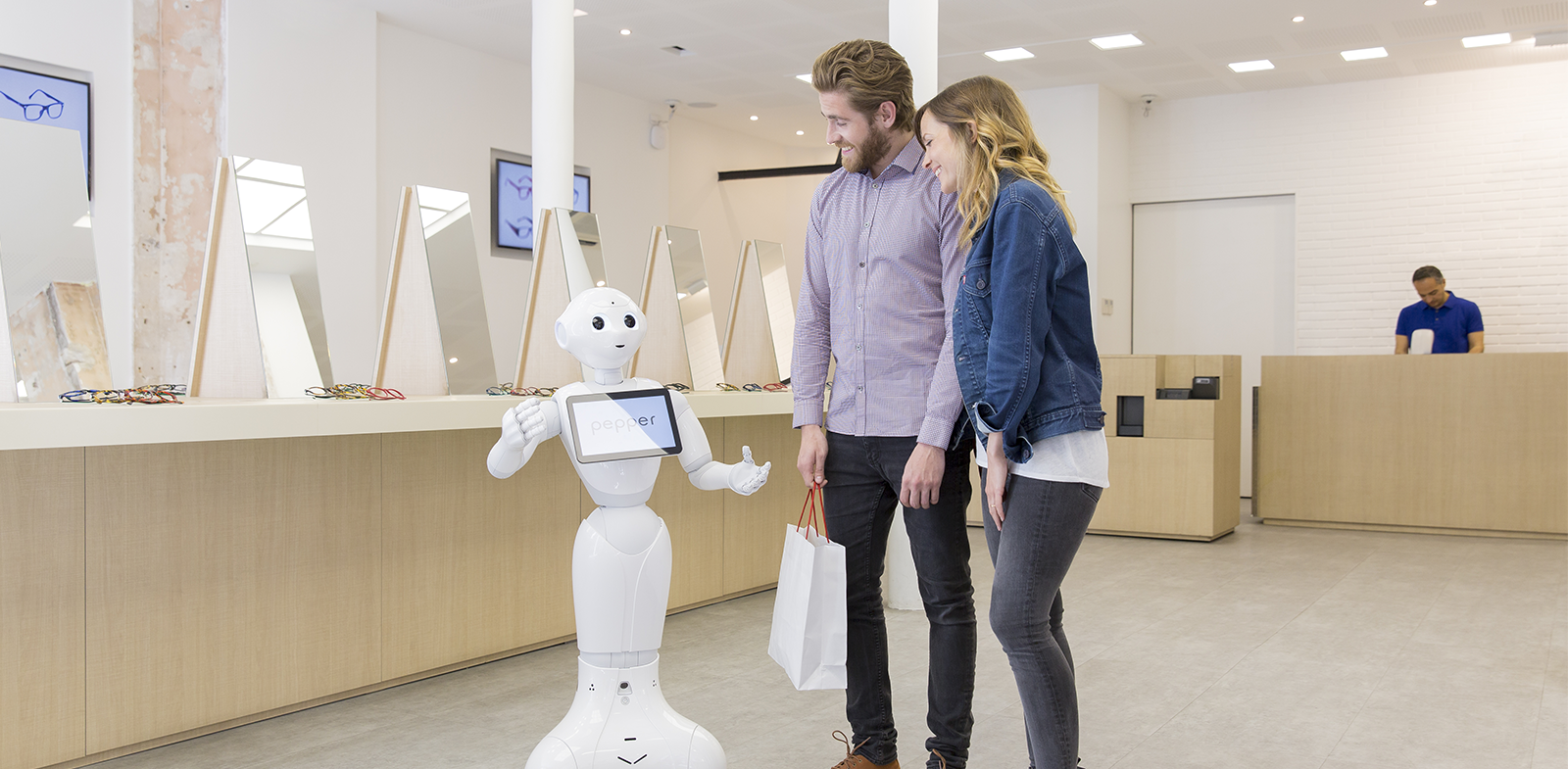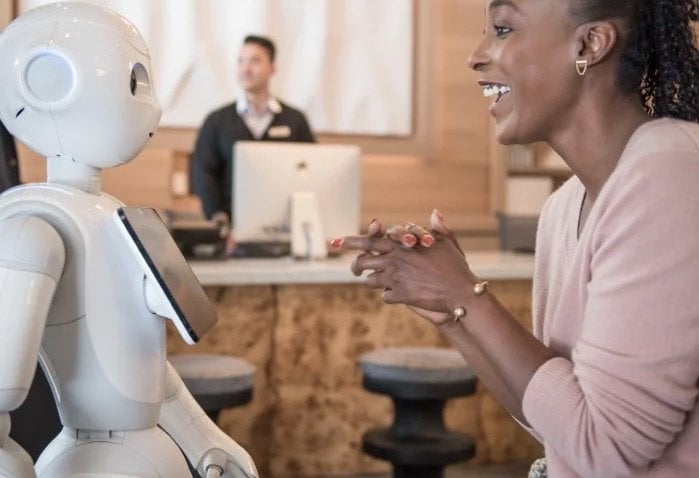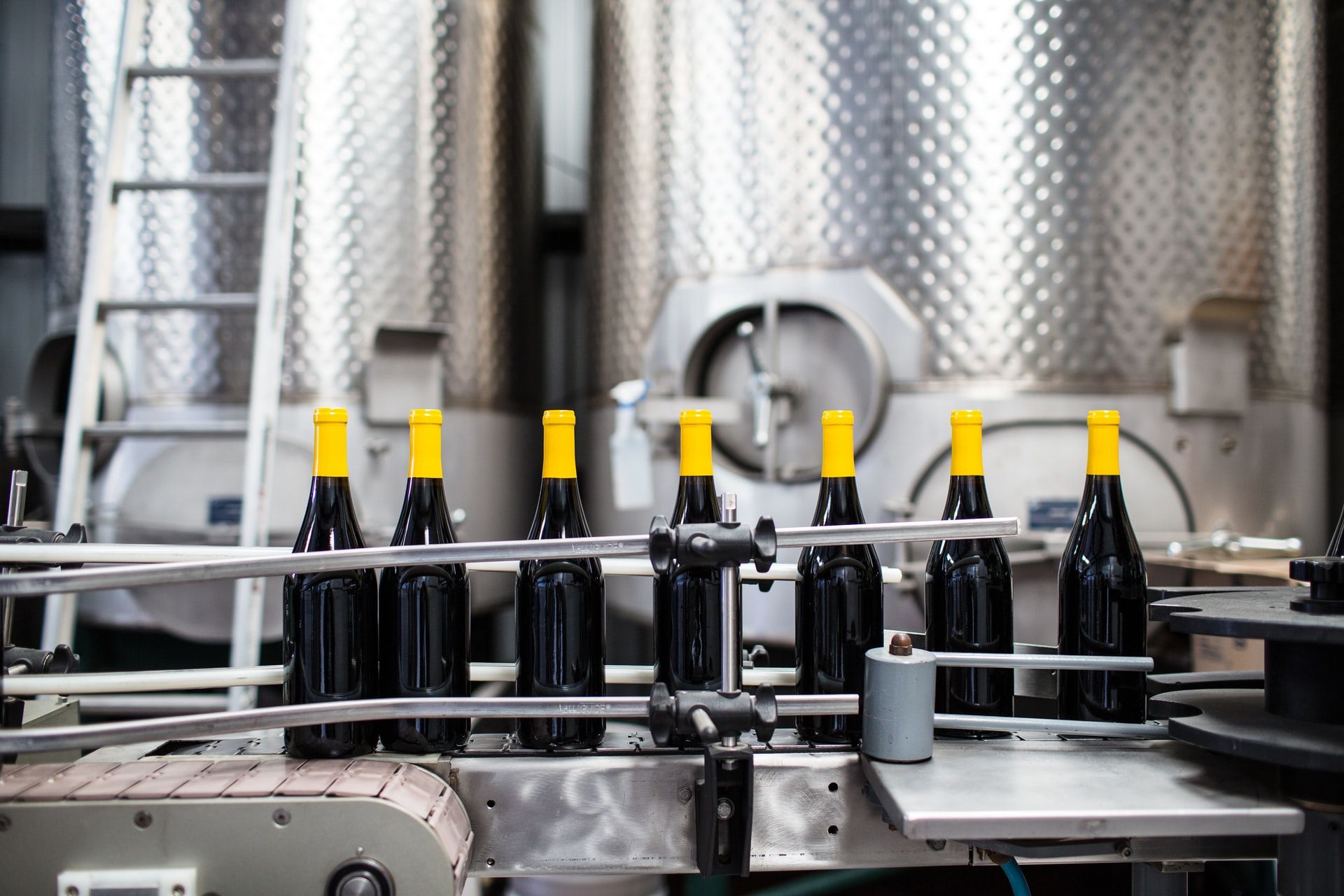What's the Difference Between Industrial Robots and Service Robots
Dec 23, 2021 By Natalia Galvis
By Shannon Flynn
 Image resource: https://www.softbankrobotics.com/
Image resource: https://www.softbankrobotics.com/
Should businesses invest in industrial robots or service robots? The answer lies in the distinct advantages and disadvantages of these two fields of robotics. While industrial robots and service robots share some similarities, each has notably different real-world applications. A clear understanding of these differences is key to choosing the right robot for the job.
Industrial Robots Vs. Service Robots
Industrial robots and service robots can have some overlap but their main applications differ greatly. In general, industrial robots are intended for manufacturing applications or tasks that may be dangerous. In these roles, industrial robots are often replacing human employees. By contrast, service robots have more varied applications, with uses in healthcare, hospitality, cleaning, and similar areas. Service robots are often intended for more “soft” tasks than industrial robots, although service robots may be used in manufacturing, as well. Service robots are meant for assisting people, rather than directly replacing them in the workplace.
Industrial robots are more mature as a technology. Manufacturing has always been a big driving factor behind the development of industrial robots. By comparison, service robots are fairly young, born around the 1950s. Applying service robots can be less straightforward at first glance, which may be a cause of their slower adoption.
Industrial robots have more constraints in terms of mobility and flexibility since they are typically programmed and designed to do one or two specific actions. Service robots are more versatile and safer for human interaction since they are intentionally designed to be human-facing devices. Service robots are often much more mobile than industrial robots, as well.
Applications of Industrial Robots
The main application for industrial robots is behind the scenes, in manufacturing or assembly lines. These robots are designed to perform repetitive tasks that often require precision, consistency, and/or heavy lifting. Industrial robots are best suited for an assignment on one or two tasks at once. They must be programmed to execute this task reliably and adding too much complexity can make operations difficult.
Industrial robots often take the form of a robotic arm with a specialized end of arm tooling. This is the claw, gripper, tool, or another end effector that allows the robot to perform its job and interact with the world. The right end effector is just as important as the right industrial robot.
Industrial robots are an important component of automation. More and more businesses are adopting robotic process automation, even integrating it with the Cloud and AI, to serve countless purposes within the business model. Industrial robots are facility-floor automators, doing things like driving screws, moving parts, painting and coating, and even quality control.
Applications of Service Robots
Service robots are best applied in circumstances where the robot will need to interact with humans to some extent, whether by assisting them or performing tasks in close proximity to them. These robots tend to be more flexible in terms of usage than industrial robots generally are. They can be human-operated or fully autonomous.
Service robots are most commonly utilized in healthcare, personal assistance, hospitality, cleaning, and similar areas. The International Federation of Robotics identified medical robots as the fastest-growing type of service robot. This niche includes everything from robot surgeons to robotic exoskeletons and even robot avatars for telehealth practitioners.
For example, one type of service robot quickly gaining popularity is the UVD sanitation robot. These service robots autonomously rove around disinfecting spaces using a built-in UV lamp. They are helpful for cleaning large spaces like healthcare facilities and schools. Robot vacuum cleaners are similar to everyday service robots. While they are technically performing the job of human cleaning personnel, their main purpose is to be of assistance by cleaning spaces.
Choosing the Right Robot
When trying to determine whether to invest in service robots or industrial robots, the key thing to consider is where they will be used. Where stability and consistent accuracy are needed with limited range, opt for industrial robots. If mobility, flexibility, and human compatibility are a priority, go with service robots instead. These robots might sound similar at first glance, but each is created for its own unique purpose. Choosing the right one is a matter of identifying what kind of robotic team member will best serve your distinctive needs.
Discover more about Business and Robots with RobotLAB!

Check more information here: https://business.robotlab.com/
About the author

e-mail: shannonleighflynn@gmail.com















.webp?width=124&height=124&name=image%20(1).webp)
.webp?width=169&height=87&name=image%20(2).webp)



































